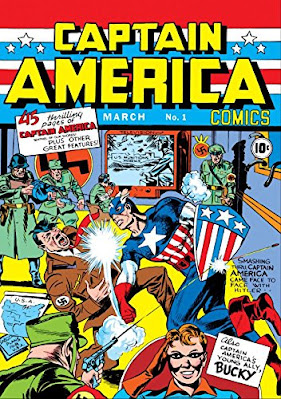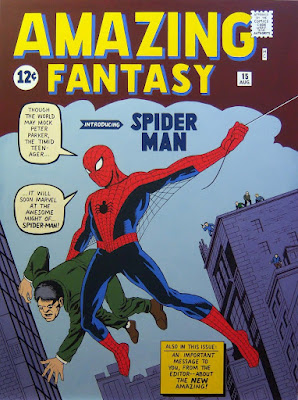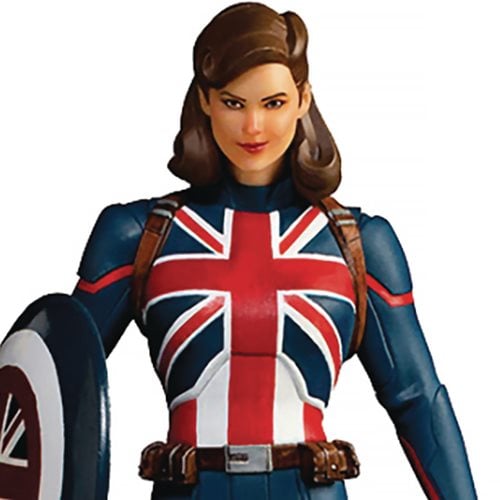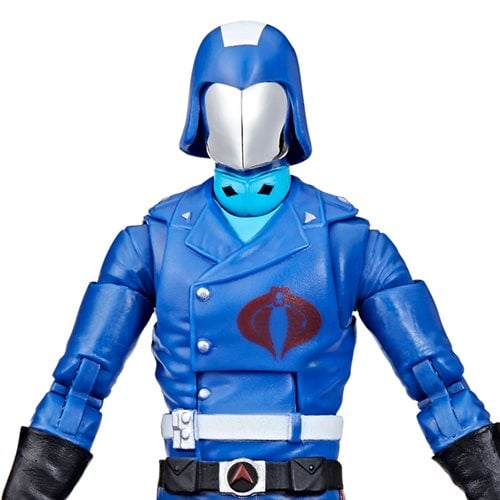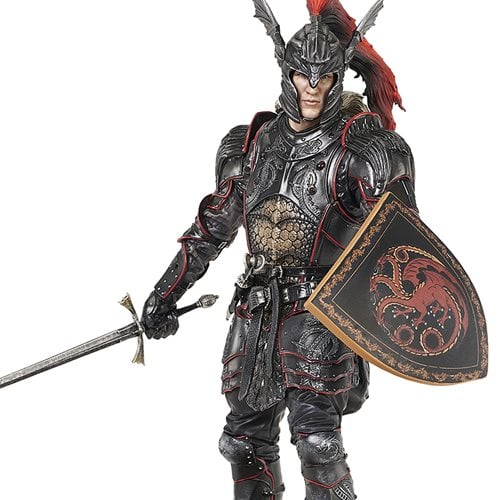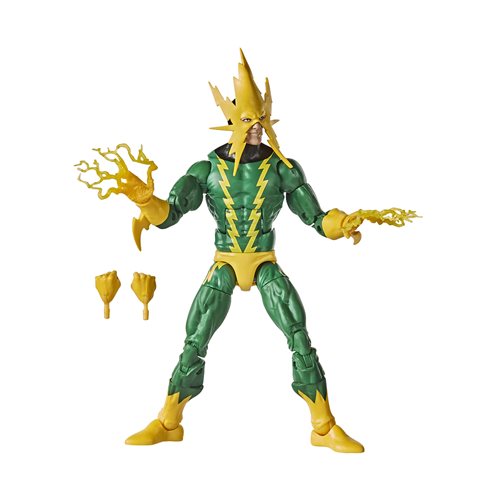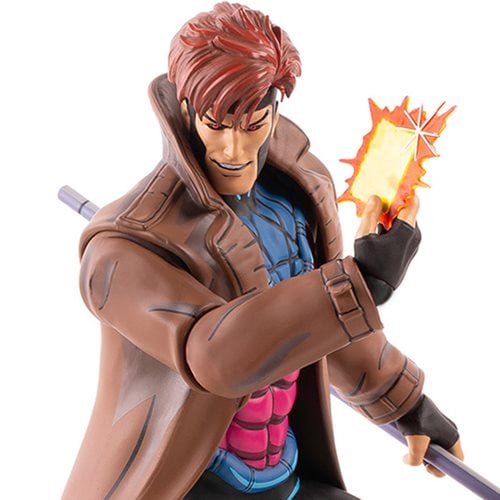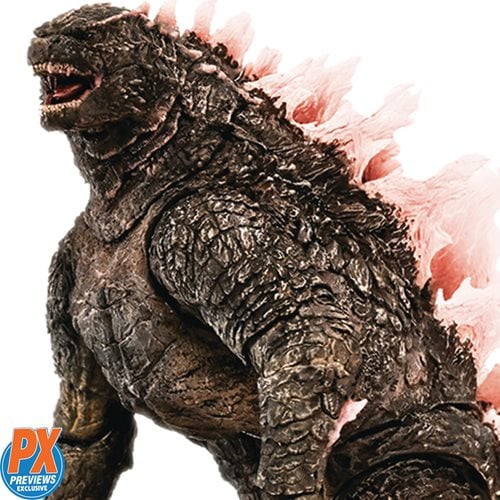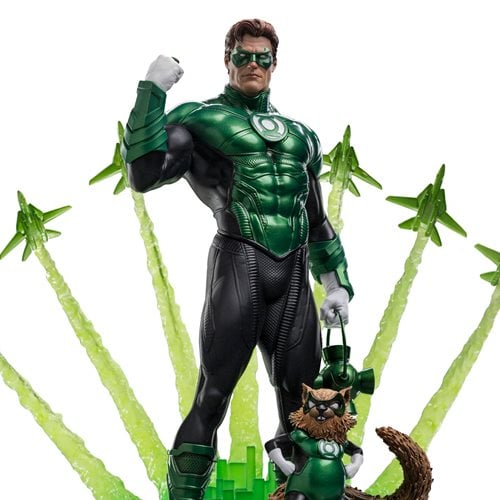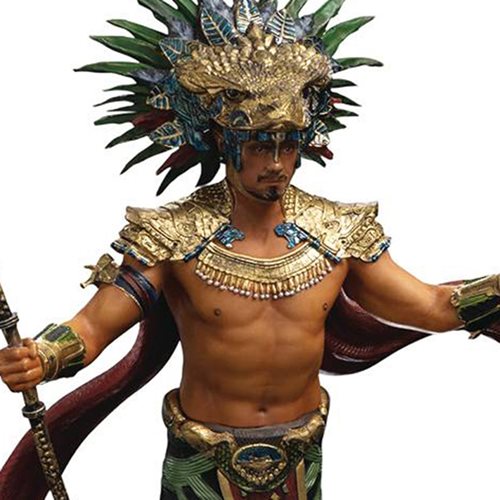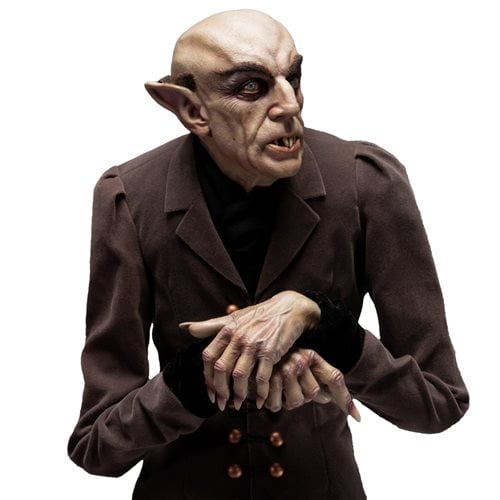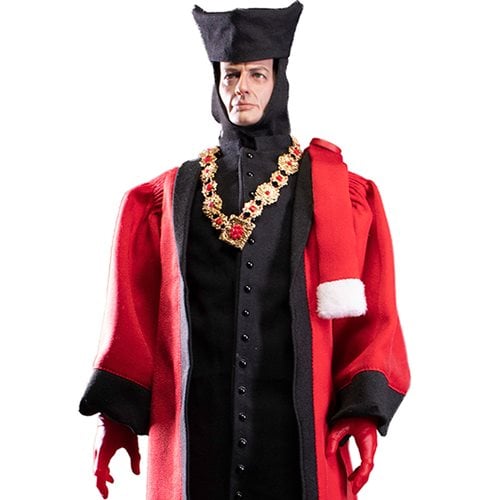1933 - Funnies On Parade
Funnies On Parade wasn't the first comic book, but it was the first to use the 6 5/8 x 10 1/4 inch format, which became the standard for all comics. Other publishers followed with monthly magazines that featured original material, marking the birth of the industry.
1938 - Action Comics
The debut of the first issue of Action Comics had a profound and enduring effect on popular culture. The issue announced the arrival of Superman. He rose to the status of an icon. It's hard to imagine the comic book industry becoming as successful as it did without the "Last Son of Krypton." The title sold millions of copies yearly in the 1930’s. Considering industry growth, Action Comics #1 may be one of the most valuable comic books ever.
Captain America Comics
Captain America rode a wave of success during World War II, selling one million copies per month. The book's success did not last long, but the patriotic characters of Captain America and his sidekick, Bucky, stayed popular. They were influential for decades during Marvel Comics' heyday. Captain America was an exemplary character three times at the right time: during the Golden Age, the Bronze Age, and the Age of the Marvel Cinematic Universe.
1961 - Fantastic Four
The Marvel Age of Comics makes a sensational entrance! Stan Lee and Jack Kirby broke all comic book conventions and cliches. They upended how heroes were "supposed to act." They created characters who weren't always perfect and didn't get along. Most of the title's success encouraged Stan Lee and other collaborators.
1962 - Amazing Fantasy
They made Spider-Man a teenager who had the same problems as other teens. This character was a big hit with comic readers who were too old for DC Comics. The character could rival Superman, Batman, and Captain Marvel/Shazam in popularity. For decades, Spider-Man was the flagship title. He was the number one character for Marvel Comics. Without Spider-Man, Marvel would not have reached the heights it did.
1971 - Green Lantern/Green Arrow
Readers were shocked when Green Arrow's sidekick Speedy revealed his heroin addiction. The “Snowbirds Don't Fly" story was in two parts. It showed that comic books could cover touchy topics thoughtfully and maturely. Numerous writers and artists found inspiration in the "Hard- Traveling Heroes" era of Green Arrow/Green Lantern.
1975 - Giant-Size X-Men
Writer Len Wein and artist Dave Cockrum were allowed to overhaul a team of superheroes. The new X-Men team included Cyclops, Storm, Nightcrawler, Wolverine, and others. These characters resonated with disaffected youth like Spider-Man had a decade earlier. The latest X-Men also moved to movies. They sparked the superhero movie boom of the 2000’s.
1985 - Crisis on Infinite Earths
The editorial team at DC Comics grew tired of dealing with continuity problems and reader questions. They asked, "How can Clark Kent be Superboy when Superman's origin contradicts Superboy's existence?" The answer was many earths with different timelines, continuities and alternate realities.
1986 - The Dark Knight Returns
Frank Miller revamped a pop culture icon to perfection. Miller's style in this miniseries guided modern on-screen and TV versions of Batman, turning them into box office gold. The book proved that you could take significant risks with a beloved character and not turn off readers.
1988 - Akira
Akira's English translation helped Japanese manga gain a foothold in the American market. While not the first manga in the United States, Akira was the biggest hit up to that point. The title paved the way for additional manga and associated anime.
1992 - Spawn
Frustrated with Marvel Comics due to their editorial decisions and creator- rights policies, writer/illustrator Todd McFarlane and others formed their own company. Image Comics' main title, Spawn, featured a dark and violent character. It sold 1 million copies each month, promoting creator-owned comics, leading to many great works at indie publishers with cinematic ambitions.
Click the images to enlarge…




